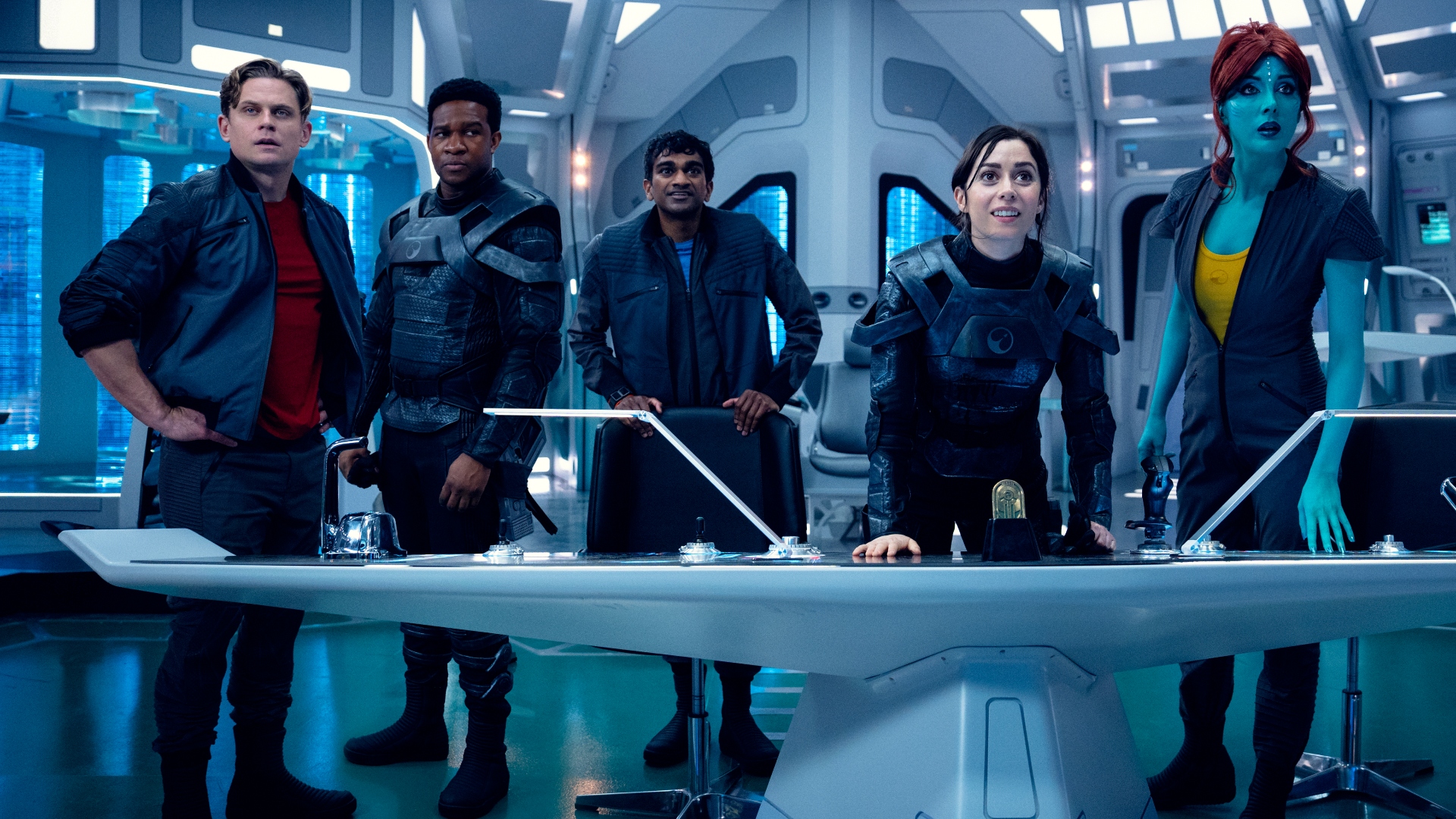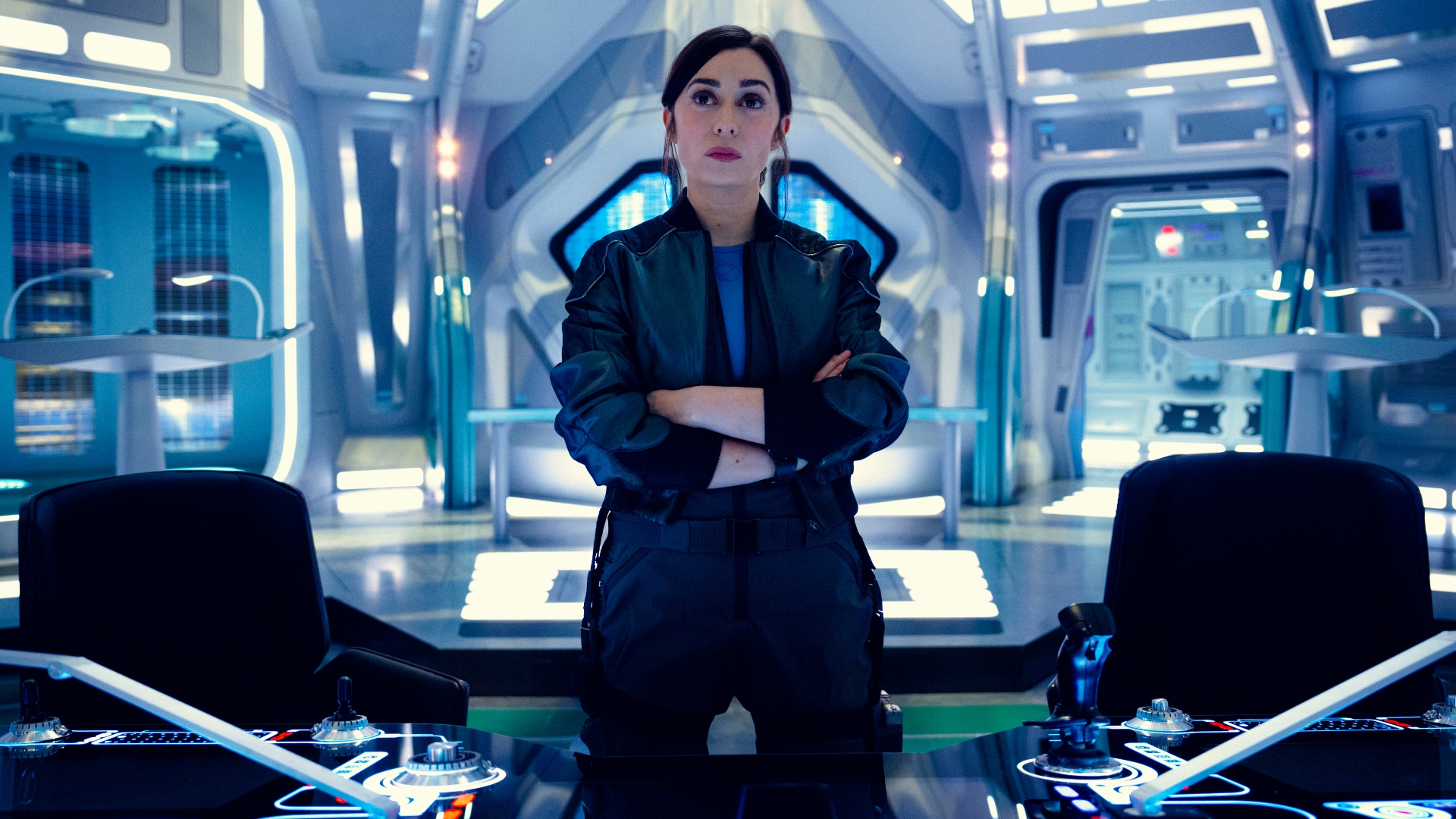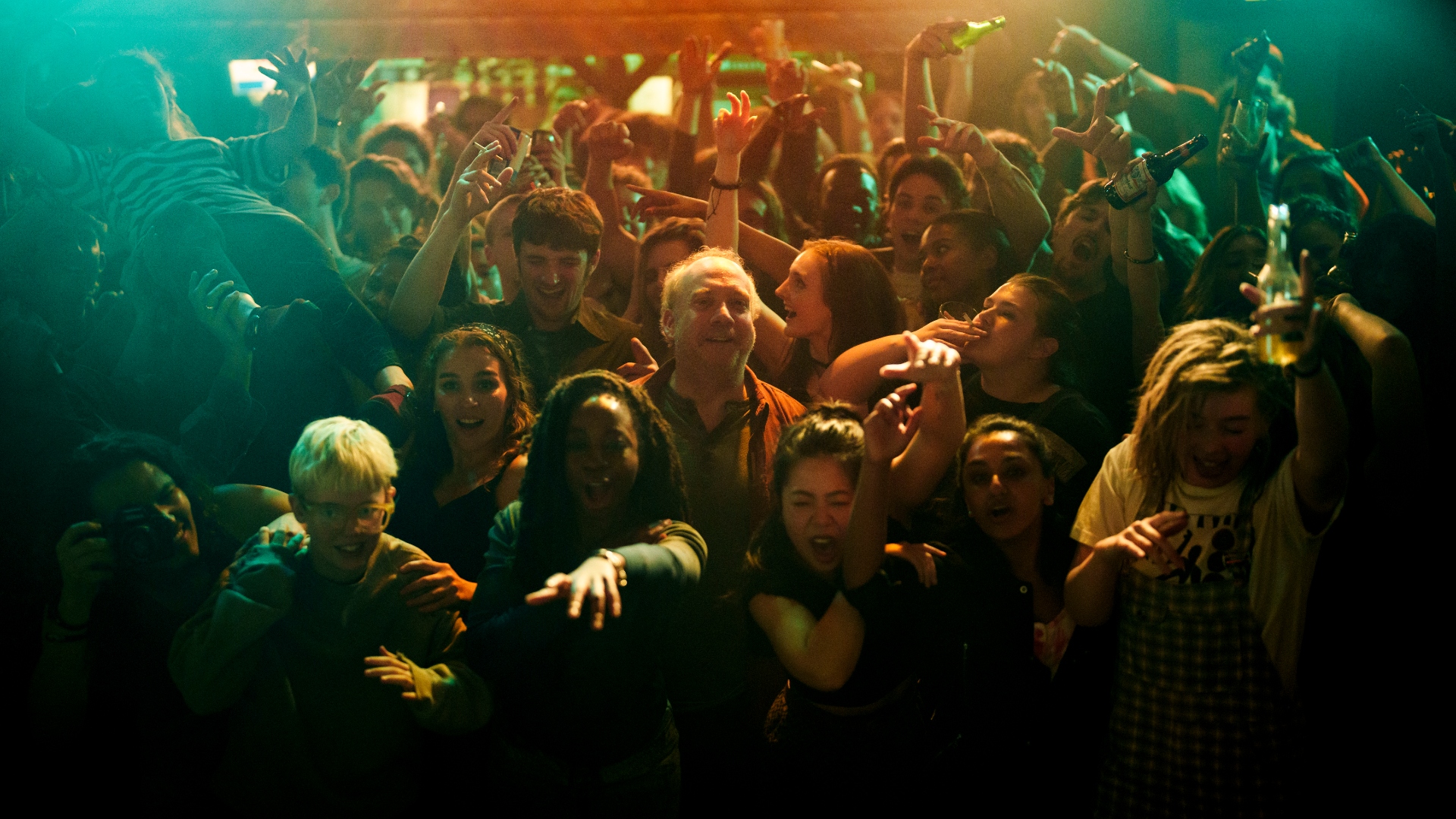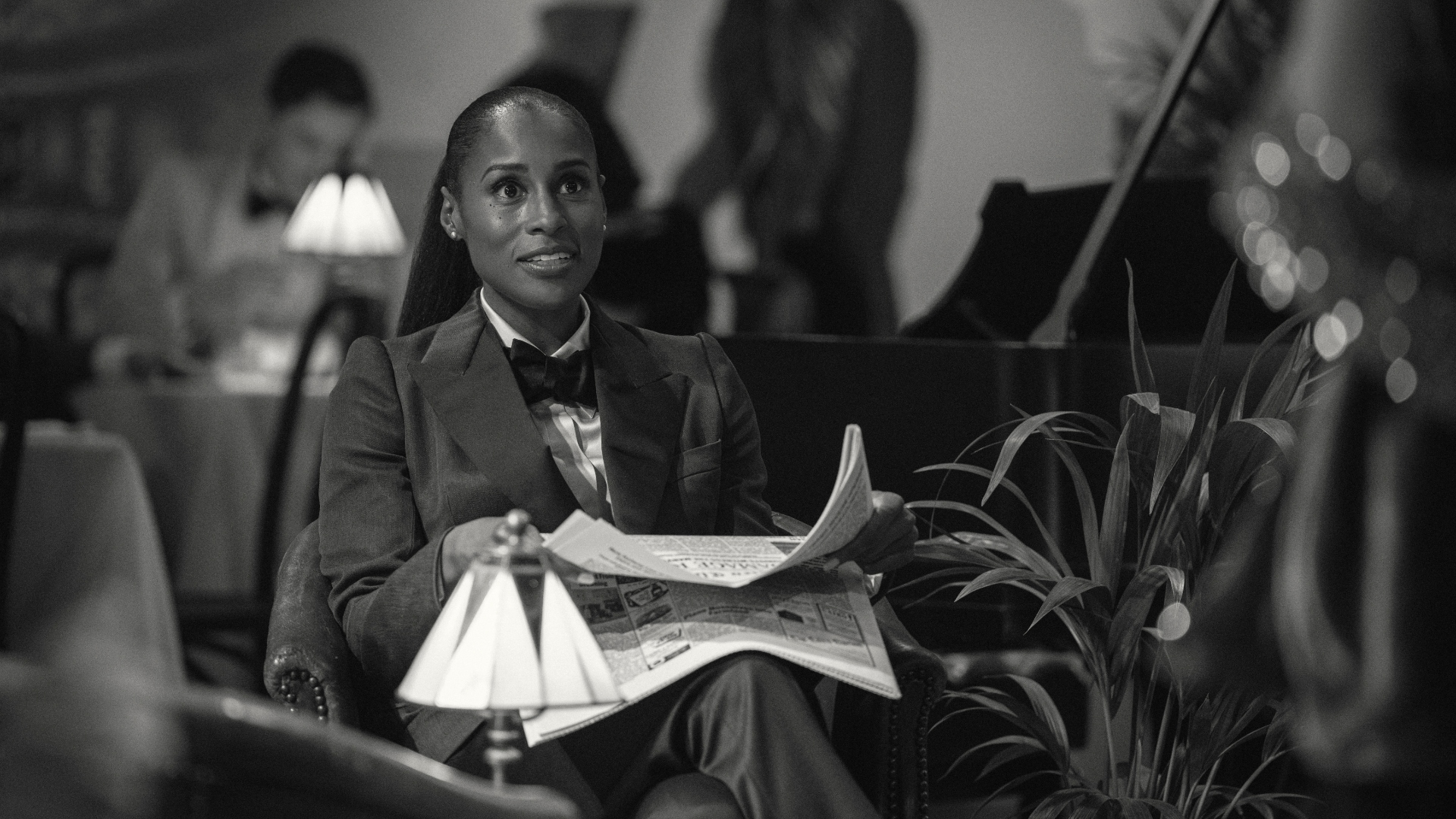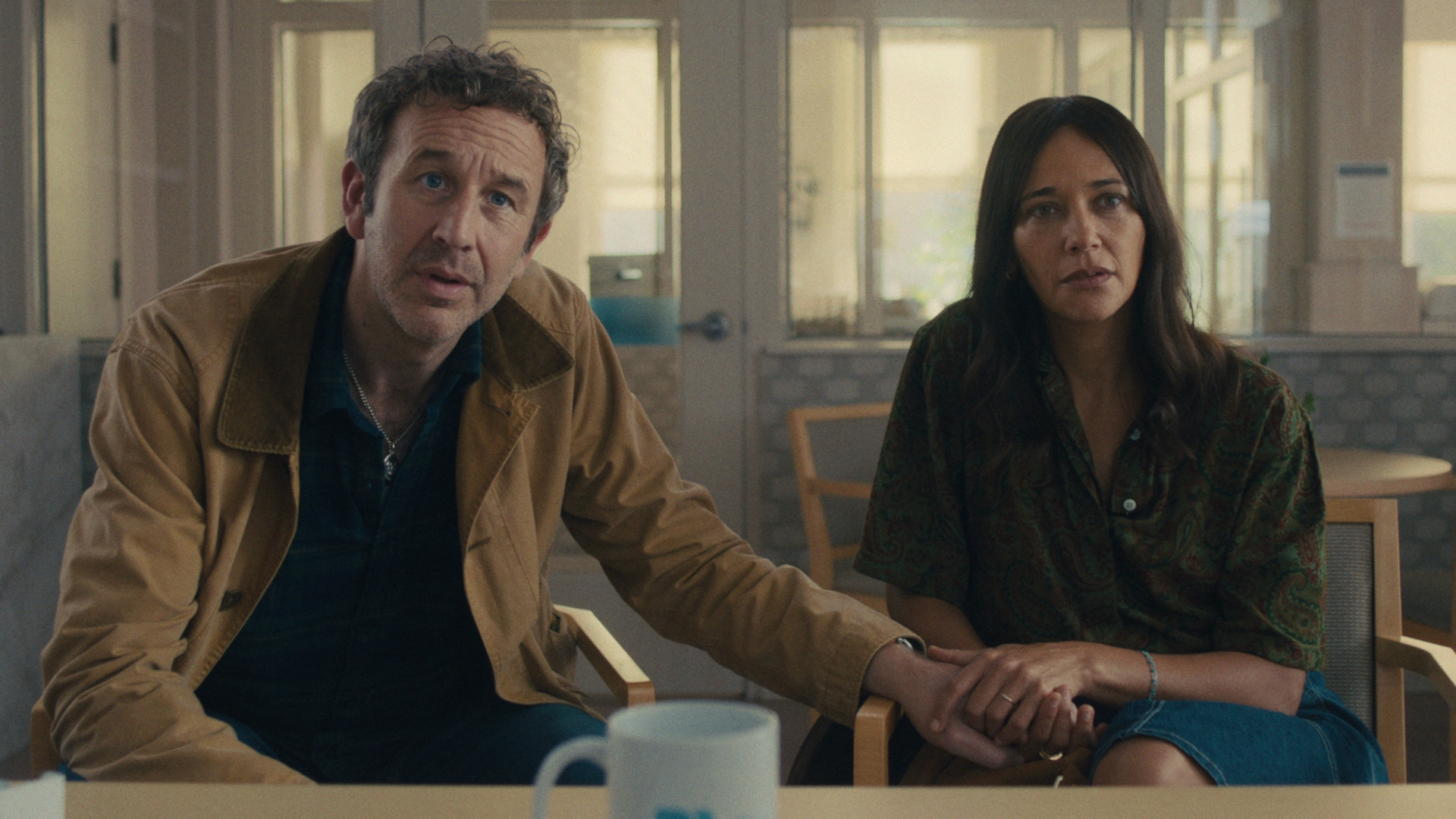Here's what the future of theaters looks like
As told by an actual industry insider.
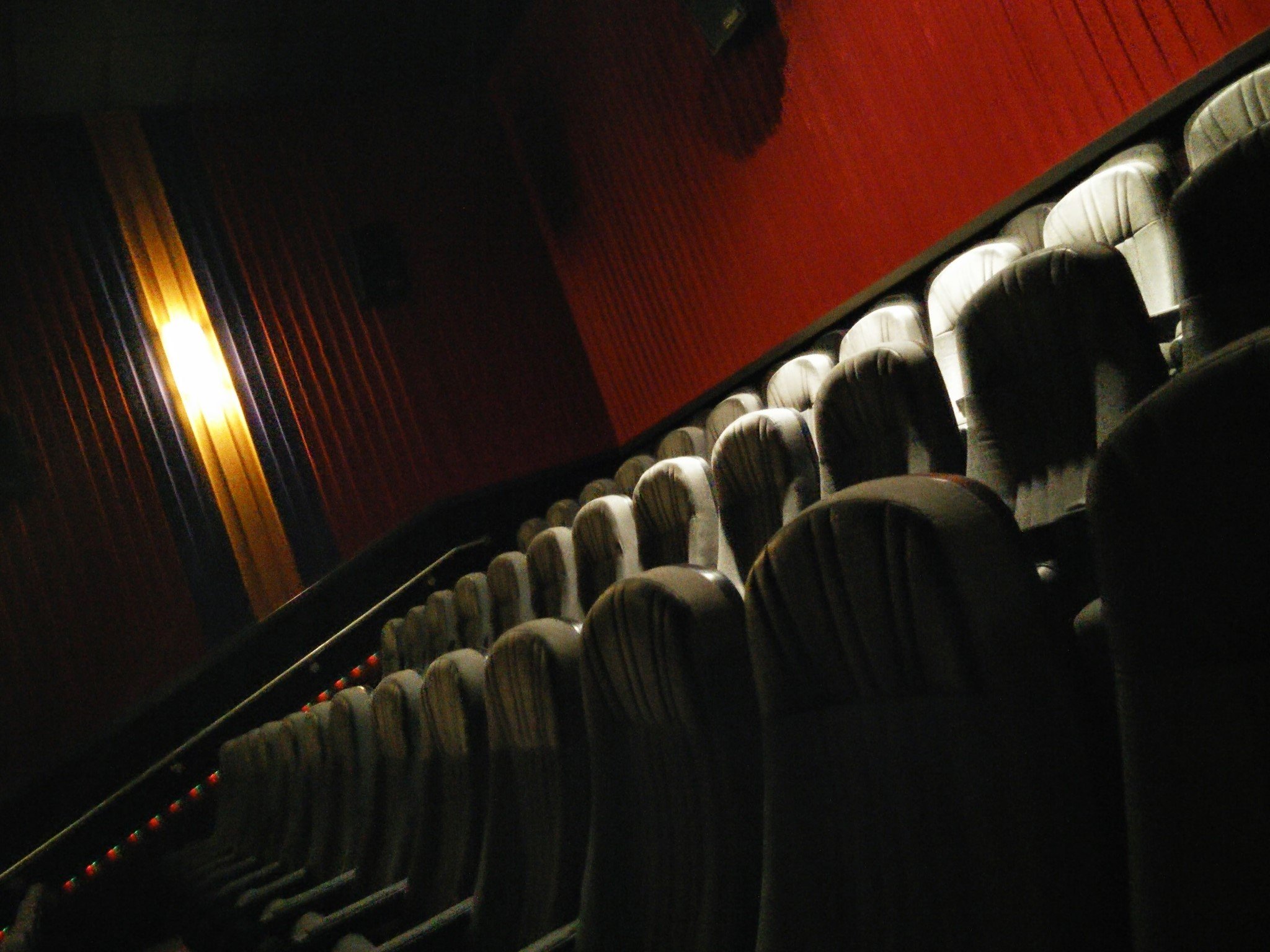
Editor's Note: Robert Saucedo is the Programming Director at the Houston Alamo. Let his expertise, industry knowledge and humor comfort you a little bit!
With Warner Bros.’ announcement that it will release its entire 2021 film slate on HBO Max concurrently with a theatrical release, it’s easy to feel like Chicken Little. The sky is falling! Theaters are dying! We’re all going to be watching cinema on our iPhones from now on!
The truth is a bit more complicated.
People can cook hamburgers at home, but McDonalds remains extremely popular (for my analogy to work, you must ignore the fact that Fuddruckers announced bankruptcy earlier this year). Once the COVID crisis is over and a vaccine is widely available, a lot of people will still want to watch movies in a theater, even if they have the option to stream them at home. People might not go to the theater as frequently, and the days of billion-dollar box office success stories may be behind us, but there will always be a desire to experience a good film in a responsive theater of fellow fans.
The theatrical experience is not going away, it’s just going to look very different in the coming years and beyond.
While it’s impossible to know exactly what the future holds, I predict there will be two types of movie theaters in the future.
The Theme Park
With the recent overturning of the Paramount Consent Decrees — a 1948 antitrust agreement that was terminated in 2018 — movie studios are once again able to own and operate their own theater chains. Whether studios choose to invest in buying an existing chain like Cinemark or AMC is still unclear, but I do think we will see big studios like Disney and Warner Bros. open and operate giant prestige theaters in major cities.
Get the What to Watch Newsletter
The latest updates, reviews and unmissable series to watch and more!
Imagine the cinema equivalent of going to Medieval Times: You show up to a screening of Avengers 18: Still Avengerin' at your city’s Disney Cinemaplex. In the weeks leading up to the release of Avengers 18, the Disney Cinemaplex has done a Marvel retrospective, allowing you to revisit the entire series on the big screen in anticipation of the sequel. When you arrive for the new film, the entire theater — exterior and interior — has been decked out with replica props and costumes from the Marvel franchise. Theater employees are dressed as superheroes. In the lobby, vendors are hawking merchandise at every corner. There are themed drink and food specials you can order and the attached bowling alley and laser tag experiences inside the theater are all Marvel themed. Did you like the movie? Good — you will be able to come back and enjoy Avengers 18 on the big screen all month long, before it heads to Disney+ and the theater is re-skinned in order to be themed for the release of the next Star Wars or Pixar or dinosaur movie (Yes, Disney has bought the concept of dinosaurs in the future. Deal with it.)
Going to the theater is, once again, a true experience. It’s the movie palace by way of EPCOT center. It’s a way to immerse yourself in something you love before the film is shuffled into the next stage of its life as Content™, available on streaming services, home video physical media and via pills that allow you to ingest the movie orally.
Every major city will have a handful of these theaters, run by various studios or studio partnerships. Maybe existing third-party exhibitors like AMC and Cinemark will still be around and they’ll be able to license films from both the major studios and minor studios, as well as show films in which their primary release with through streaming. Maybe these megaplexes will all be converted into giant racquetball courts. The future’s exciting!
The Independent Cinema
This is where the real magic will happen.
I do think the future of mega 30-screen multiplexes is limited. With shortened theatrical windows — if exclusive theatrical windows are even a thing that exists going forward, theaters will be churning through films quicker than ever. You don’t need several dozen screens if you only have three to four movies in your building that are doing any real business. Instead, movie theaters will get small. Eight to 10 screens, with individual auditorium capacities not to exceed 300 seats. Cinema eateries will become a default standard for theaters, in addition to plush seats that vibrate, pulse, strobe and block off the people around you from your periphery vision. We’re all watching movies inside of giant eggs in the future!
These independent cinemas will be highly curated — showcasing big blockbusters, small independent cinema, foreign films and repertory classics. They will reflect the neighborhood they’re built in, if not locally owned at least locally operated. Similar how big bookstore chains are almost all but extinct but — popping up through the cracks in the sidewalk — independent bookstores thrive thanks to the support of their communities, these indie theaters will be made or broken thanks to the support of the dedicated fans that continue to frequent them.
Communities will spring up as part of these theaters — with film clubs and guest programmers and special events. On off-peak nights, auditoriums and common space will be used for local community initiatives, like town hall meetings and issue-driven gatherings. These theaters will be truly special — but constantly in need of giant events akin to the climax of Empire Records where last ditch efforts to raise rent money is needed.
Here’s the thing — some people will only choose to watch movies at home. Some people wouldn’t know how to subscribe to HBO MAX if their life depended on it. People are going to watch movies the way they’ve watched movies for the last few decades — on their own terms.
The news that Warner Bros. has decided to release an entire year’s slate on streaming before the previous year has even ended is a surprising one, but it’s not entirely unexpected. Studios and movie theaters are going to have to adapt to this brave new world we’re living in. What does a film’s success even mean when it’s being released on streaming and theatrical at the same time? How does WB decide whether to greenlight a sequel to Dune or The Suicide Squad? These will be some interesting questions to figure out in the coming months.
2021 is going to look as different to 2020 as this year looked to 2019 — and 2022 and beyond will hold their own surprises. Technology will change, user habits will change, film budgets and what movies are greenlit and what stories people want to watch — all of this will change.
Here’s what won’t change: People will want to be told stories and, for the right stories, people will want to experience those stories with other people.

